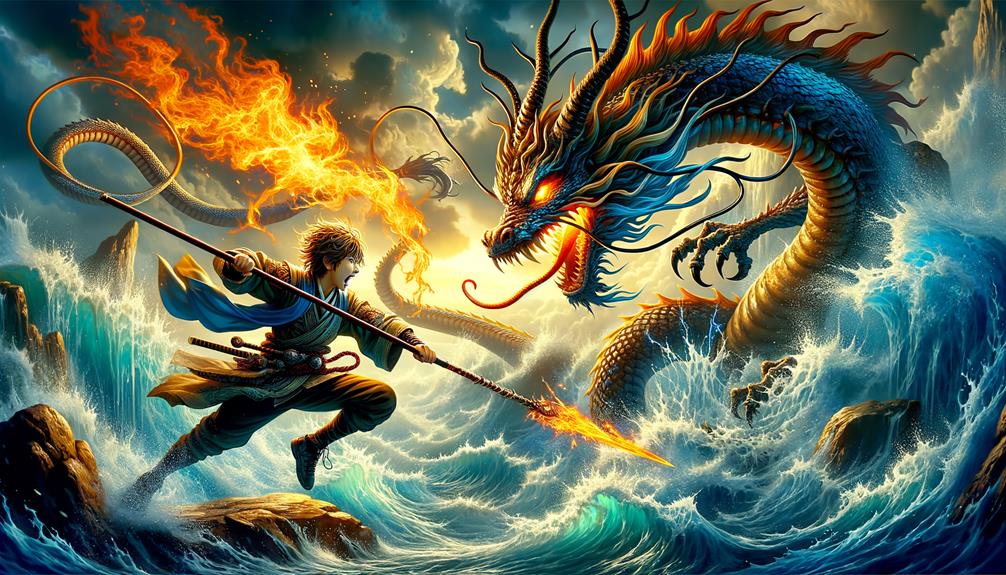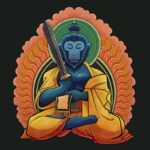Nezha vs. Japanese Folklore: Clashing Legends of Divine Warriors and Supernatural Foes
In both Chinese and Japanese mythology, heroic figures battle supernatural threats—whether divine warriors like Nezha or yokai and oni from Japanese lore. Exploring these legends reveals fascinating contrasts in how each culture conceptualizes demons, divine punishment, and redemption. This article compares Nezha’s mythological battles with the chaotic, often morally ambiguous encounters of Japanese folklore, examining differing views on evil, heroism, and the supernatural.
Divine Rebellion vs. Chaotic Mischief: Defining the Threat
Nezha, the lotus-born warrior of Chinese myth, confronts adversaries tied to cosmic order—dragons, vengeful deities, and rebellious spirits threatening Heaven’s balance. His battles are often framed as divine justice, reinforcing moral and spiritual hierarchies. In contrast, Japanese yokai and oni operate in a grayer moral space. While some, like the man-eating oni, embody pure malice, others—such as trickster tengu or sorrowful yūrei—reflect human flaws or unresolved karma.
- Nezha’s Foes: Often represent disruptive forces challenging cosmic authority (e.g., the Dragon King’s retribution).
- Yokai & Oni: Emerge from Buddhist hells, natural phenomena, or human emotions, embodying chaos rather than outright evil.
This distinction highlights a key cultural difference: Chinese myths often emphasize divine hierarchy, while Japanese folklore embraces ambiguity, where “demons” may teach lessons or demand compassion.
Purification vs. Coexistence: Resolving Supernatural Conflict
Nezha’s victories typically involve annihilation or subjugation—his enemies are vanquished or forced into submission, restoring heavenly order. Conversely, Japanese narratives frequently resolve supernatural conflicts through negotiation, appeasement, or even acceptance. Yokai like the kappa might be placated with offerings, while oni-slaying heroes, like Minamoto no Yorimitsu, often rely on cunning rather than brute force.
- Chinese Approach: Nezha’s divine weapons (Fire-Tipped Spear, Universe Ring) symbolize unstoppable cosmic power.
- Japanese Approach: Tools like ofuda (purification seals) or moral victories (e.g., converting an oni to Buddhism) reflect adaptability.
These contrasting resolutions reveal deeper philosophies: Chinese mythology leans toward absolute order, while Japanese traditions often accept the supernatural as an inseparable, if unruly, part of the world.
Conclusion: Mythology as a Mirror of Cultural Values
Nezha’s battles and Japanese yokai encounters offer two visions of the supernatural: one where divine might enforces order, and another where chaos and humanity intertwine. Whether through Nezha’s unyielding justice or the layered morality of yokai, these myths reflect their cultures’ views on power, morality, and the unknown. Ultimately, both traditions remind us that demons—whether vanquished or understood—reveal what societies fear, revere, or refuse to ignore.


